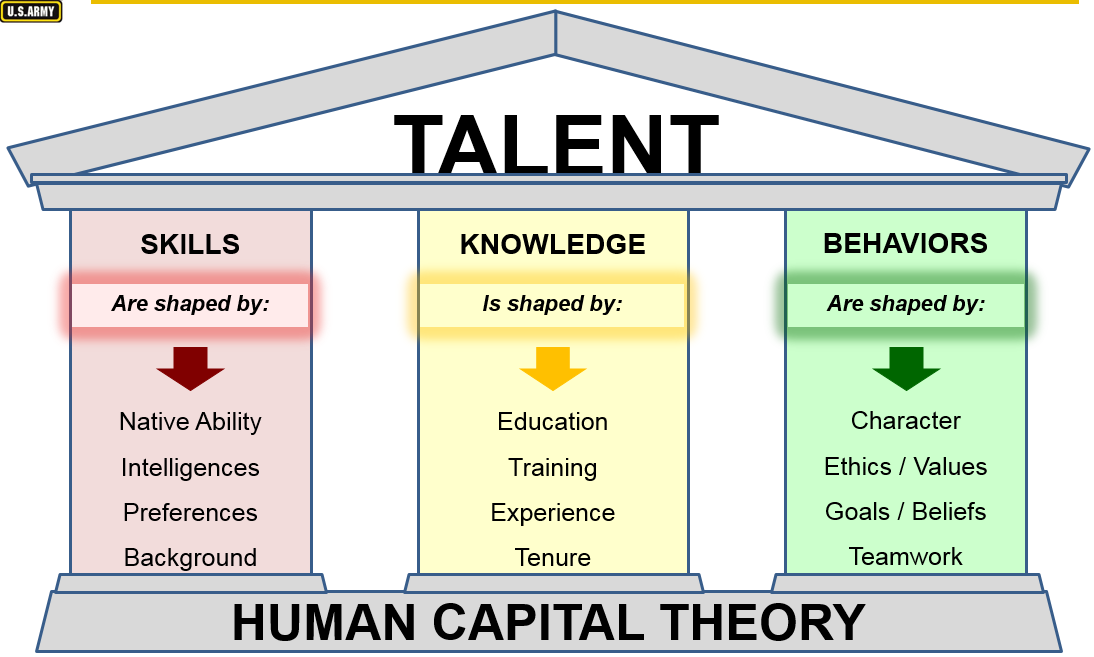Professionalism: Skills for Workplace Success (Charts) SELF-MANAGEMENT 1. Attitude, Goal Setting, and Life Management 2. Personal Financial Management 3. Time and Stress Management and Organization Skills WORKPLACE BASICS 5. Ethics, Politics, and Diversity 6. Accountability and Workplace Relationships 7. Quality Organizations and Service 8. Human Resources and Policies RELATIONSHIPS 11. Motivation, Leadership, and Teams CAREER PLANNING TOOLS | Professionalism: Skills for Workplace Success (Notes) SELF-MANAGEMENT 1. Attitude, Goal Setting, and Life Management 2. Personal Financial Management 3. Time and Stress Management and Organization Skills WORKPLACE BASICS 5. Ethics, Politics, and Diversity 6. Accountability and Workplace Relationships 7. Quality Organizations and Service 8. Human Resources and Policies RELATIONSHIPS 11. Motivation, Leadership, and Teams CAREER PLANNING TOOLS |
Career Development Interventions
1 Introduction to Career Development Interventions
2 Understanding and Applying Theories of Career Development
3 Understanding and Applying Recent Theories of Career Development
4 Providing Culturally Competent Career Development Interventions
5 Assessment and Career Planning
6 Career Information and Resources
7 Using Technologies to Support Career Counseling and Planning
8 Career Counseling Strategies and Techniques
9 Implementing & Evaluating Career Development Programs Services
10 Career Development Interventions in the Elementary Schools
11 Career Development Interventions in Middle Schools
12 Career Development Interventions in High Schools
13 Career Development Interventions in Higher Education
14 Career Development Interventions in Community Settings
15 Ethical Issues in Career Development Interventions
Smart Talk: Contemporary Interviewing and Interrogation
Every profession has specific philosophies and approaches to effective communication; Smart Talk: Contemporary Interviewing and Interrogation, was designed to pinpoint those most useful to the criminal justice profession. Smart Talk covers both interviewing and interrogation techniques– along with their legal considerations–in a single volume. Exploring multiple approaches to interviewing, it clearly identifies communication techniques that improve the quality and quantity of information gathered from victims, witnesses, and perpetrators. In text exercises, landmark cases and field accounts bring a real world application to the book and reinforce how strong communication skills lead to more successful case investigations.
PART I: LAYING THE GROUNDWORK FOR SUCCESS
1. Interrogation and Interviewing for Criminal Justice
3. Purposeful Interviewing and Processes
PART II: INTERVIEWING METHODS
4. Traditional, Structured, and Inferential Interviewing with Statement Analysis Techniques
5. The Forensic Hypnosis and Cognitive Interviewing
6. Behavioral Interviewing Techniques
PART III: INTERVIEWING SPECIAL POPULATIONS
9. Interviewing Persons with Disabilities or Mental Illness
PART IV: INTERROGATION
10. Techniques for Interrogation
11. Interrogation Process and Law
13. Juvenile Rights and Criminal Justice Responsibilities





















